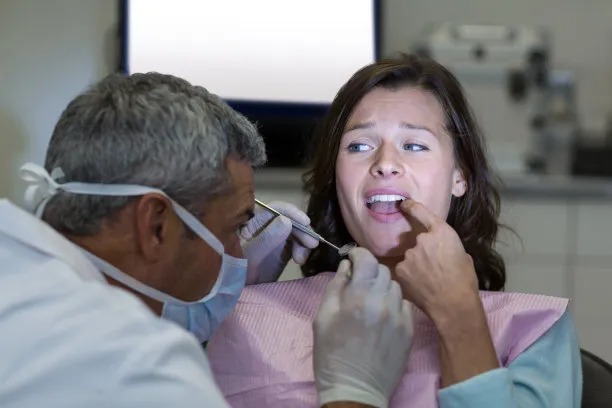The Essential Guide to Understanding When and How to Extract a Tooth for Optimal Dental Health
Summary: Extracting a tooth can be a vital step towards achieving optimal dental health, especially when it poses a risk to surrounding teeth or leads to other complications. This guide provides a comprehensive overview of when and how to extract a tooth, touching on the criteria for extraction, the procedure itself, post-extraction care, and the potential alternatives to extraction. By understanding these key elements, readers can make informed decisions about their dental health alongside their dentists. A clear understanding of the extraction process can alleviate fear and uncertainty, ultimately leading to better long-term health outcomes.
1. Understanding When Tooth Extraction is Necessary

Recognizing when to extract a tooth is crucial for maintaining dental health. Teeth may need to be removed for various reasons, including severe decay that compromises the tooths structure, infection that threatens to spread, or overcrowding that prevents proper alignment. Each of these factors can lead to significant pain and complications if not addressed promptly.
In cases of tooth decay, if the damage extends beyond what a filling can repair, extraction might be the best option. Regular dental check-ups allow for early identification of decay, but its essential to act quickly if a dentist recommends extraction to avoid further complications.
Similarly, infections can cause significant issues if left untreated. If a tooth becomes abscessed and antibiotics fail to resolve the infection, extraction may be necessary. Ignoring these symptoms can lead to more severe infections that can affect overall health.
2. Preparing for a Tooth Extraction Procedure
Before extraction, preparation is key to ensuring a smooth procedure. Patients should consult their dentist to discuss their medical history, including any underlying health issues that might complicate the extraction. This conversation also includes a review of medications being taken, as some can interfere with the procedure.
An examination will often follow that may include X-rays to assess the tooths position and the surrounding bone. This imaging helps create a tailored extraction plan, ensuring that the procedure goes as smoothly as possible.
Patients will also receive instructions regarding fasting if sedation is involved, and they should arrange for someone to accompany them post-procedure, especially if they are sedated. Preparing for the recovery process in advance helps to reduce anxiety and ensures readiness for a smooth transition after the extraction.
3. The Tooth Extraction Process Explained
The tooth extraction process typically involves two main types: simple and surgical. A simple extraction is performed on teeth that can be easily accessed, while surgical extraction is more complicated, often required for teeth that are broken or not fully erupted. During either procedure, a local anesthetic is administered to numb the area and minimize discomfort.
Once numb, the dentist will carefully loosen the tooth and remove it from its socket. In cases where the tooths roots are significantly impacted or if there are multiple roots, additional care must be taken to ensure that the entire tooth is removed without damaging surrounding tissue.
After the extraction, the dentist will provide care instructions, which may include biting down on gauze to control bleeding, taking prescribed pain medication, and avoiding certain activities like sucking or spitting, which can dislodge the blood clot. This is crucial for promoting healing and preventing complications like dry socket.
4. Essential Post-Extraction Care for Optimal Healing
Recovery from a tooth extraction is an essential step toward optimal dental health. Following the dentists post-operative care instructions is vital for preventing complications and ensuring a smooth recovery. Patients are typically advised to rest for the first 24 hours and to avoid strenuous activities that could affect healing.
Dietary choices also play a significant role. Patients should opt for soft foods and avoid anything hot or spicy that can irritate the extraction site. Staying hydrated is crucial, but patients should use caution when drinking to avoid dislodging blood clots.
Monitoring the extraction site for signs of complications, such as increased pain, swelling, or signs of infection, is also important. If any concerning symptoms arise, contacting the dentist immediately can help address any potential issues quickly, ensuring a healthy recovery process.
Summary:
Tooth extraction, while often necessary, can be approached with confidence when armed with knowledge about the reasons, preparations, procedures, and aftercare involved. Understanding these elements helps patients and dentists work together towards achieving optimal dental health.
For all your dental needs, remember: This article is compiled by Vickong Dental and the content is for reference only.



